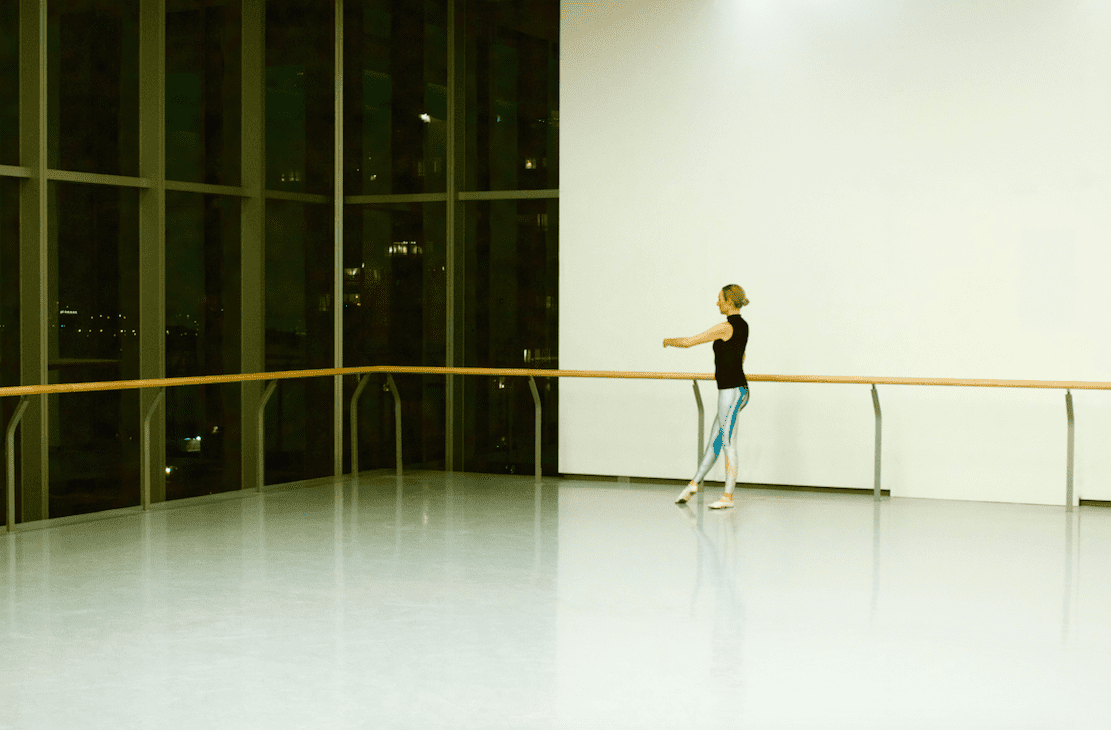When I was nineteen, I fell off a skateboard in the most hilarious and painful fashion.
I, having never used a skateboard before, hopped aboard at the top of a steep hill and catapulted myself down. The board flew from beneath me, my legs swooped forwards, my head back and I, I swear to God, levitated above the street for a split second before crashing, with bone-cracking force, onto the tarmac.
My butt, pelvis and low back seized up and I couldn’t walk straight for a week. At nineteen, it seemed hilarious to have a broken butt, but ten years and one major back surgery later, it doesn’t seem funny at all.
Now aged thirty, I have just come off the back of $600 worth of chiropractic and massage therapy and last week I visited my family doctor who had exactly ten minutes to listen to my entire medical history—my long list of hip, groin, low back and buttock pain. She came up with a solution that years of physiotherapy, prescription drugs, a discectomy and a continued regimen of daily exercises haven’t fixed. (In the end, she just recommended more physio and told me to take a pill when it hurts.)
My case is extreme. Most people don’t need to go for major back surgery when they’re twenty-two, but a lot of people have problems with their posture, their back, their neck. Statistics Canada tells us that four out of five adults will experience at least one episode of back pain during their lives.
What gives? Why are we all in pain? Why don’t we just know how to have a back—how to use a spine—without messing it up? Why are we humans—arguably the most intelligent animals—so bad at caring for our bodies? The rest of the animal kingdom seem mostly fine without any help from osteopaths or yogis or ergonomic chairs or posture coaches.
When I got an iPhone, I knew instinctively how to use it, yet I have no idea how to use my spine. I treat it very poorly: if my spine were an iPhone, it would be cracked in three places and drying out in a bowl of rice right now.
Perhaps we’ve lost something during the last few years of the human journey. We’ve gained a lot (artificial light, electric cars, those “Hotline Bling” memes) but we’ve lost a lot more. I don’t run for miles every day, I sit at my laptop. I don’t go to sleep when the sun sets, I stay up watching Charlie Brooker shows. I don’t eat food that I caught or grew, I hunt and gather at No Frills.
I’m not romanticizing the lives of earlier humans (who regularly died from simple infections and who did not have Uber so had to walk even when it was kind of rainy). They had worries of their own, but their lifestyles allowed them to care for their bodies in organic ways that are no longer available to the majority of us.
Maybe in the future they will teach kids how to inhabit society in a healthier way: with internet diets and standing desks in every classroom and food that’s not drenched in RoundUp. For the moment, however, we’re stuck in an odd in-between period: a post-internet/pre-enlightenment morass. We have to take time out to teach ourselves coping methods for the stress of modern life because our brains haven’t evolved to deal with the kind of stimulus we pour in there every day.
Most of all, we have to re-learn how to use our bodies without screwing them up.
My back, obviously, is screwed, and my most recent attempts to fix it have included fashioning a standing desk out of a milk crate and taking a beginner’s ballet class at Canada’s National Ballet School.
I’m trying to teach myself how to live in this world without accidentally and prematurely doing any more grave damage to myself. Prancing around in ballet class has proved to be an excellent place to do that.
In ballet, every bone, every muscle is working. Every square inch, every cell of a the body is thought of, tended to, conditioned and primed—then put to work. When we grand plié in the beginner’s class, we’re not allowed to just bend our knees and bop down; we are taught to lift up our patella (the cartilage in your knee and no, I’d never heard of it either), engage our quadriceps, our pelvis, our abdomen. Every muscle in our feet, legs, butt and back is working hard.
It’s exhausting, I am usually red-faced and sore after class—and this is just the foundation class! Ballet dancers have an awareness of their physical self that I can only begin to comprehend. What I do know, after eight weeks in beginner’s ballet, is that I’m finally getting to know my body. It’s like I’ve gone from being on a first-name basis with my spine to having an intimate and respectful friendship. We hang out all the time in fact: Netflixing and eating Oreos. And we never ever go skateboarding together, which suits us both fine.
This is the second part of a series about Bronwen’s time at Canada’s National Ballet School. Click here to read part 1.



 Follow Us On Instagram
Follow Us On Instagram
